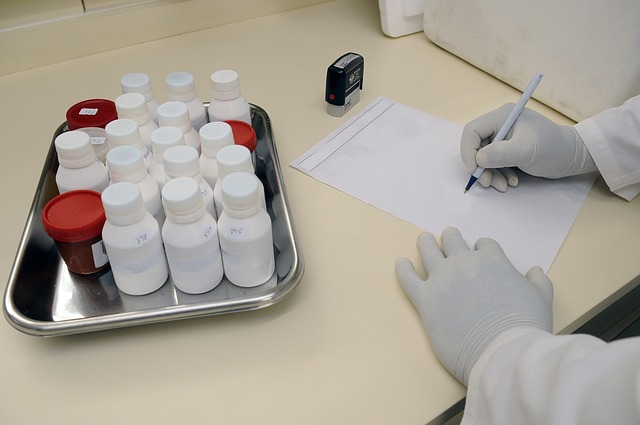The field of diagnostics is evolving at a breathtaking pace, driven by the dual forces of technological advancements and a relentless pursuit of improved health outcomes. Among the most promising developments is tissue analysis, a technique that is redefining our understanding of disease and empowering healthcare professionals to make informed decisions regarding patient care.
At the heart of this revolution are technological innovations. Enhanced imaging technologies, such as digital pathology, allow for a more detailed examination of tissue samples. With the aid of high-resolution scanners, pathologists can now analyze tissues at unprecedented levels of clarity. This facilitates not merely a more accurate diagnosis but also a deeper understanding of the biological behaviors of various diseases. For instance, machine learning algorithms can now identify patterns in tissue images that human eyes might overlook, thus providing actionable insights more quickly than ever before.
Moreover, these innovations are not limited to analytical capabilities. The integration of artificial intelligence in tissue analysis becomes a powerful ally, providing real-time assessment and risk stratification. With predictive models that assess the likelihood of disease progression, healthcare practitioners can tailor treatment strategies with greater precision, enhancing the patient’s journey toward recovery.
On the other side of the coin are health innovations that are tangibly transforming patient care through tissue analysis. Techniques such as liquid biopsies are revolutionizing how we approach diagnostics. By analyzing circulating tumor DNA in the bloodstream, healthcare professionals can gain insights into tumor dynamics without the need for invasive tissue sampling. This not only reduces patient discomfort but also presents a more agile approach to detecting and monitoring cancer and other diseases.
The synergy between technological and health innovations fosters a holistic advancement in diagnostics. Tissue analysis, with its capacity to decode the complexities within our bodies, is becoming increasingly accessible. With the proliferation of telemedicine, doctors can now collaborate with pathologists from across the globe, breaking down geographical barriers and allowing timely decision-making even in remote areas.
As we venture further into the future, it is essential to acknowledge the ethical implications and strive for inclusivity in these advancements. The promise of tissue analysis should not only cater to affluent populations but also extend its benefits to underserved communities. Ensuring equitable access to these innovations will ultimately create a healthier society for everyone.
As this landscape continues to evolve, the role of tissue analysis will expand, offering new diagnostic capabilities and advancing personalized medicine. Embracing these innovations while remaining diligent in our commitment to patient care will undeniably mark a significant leap forward in the world of diagnostics. The quest for accurate and timely diagnosis has never felt more hopeful.




